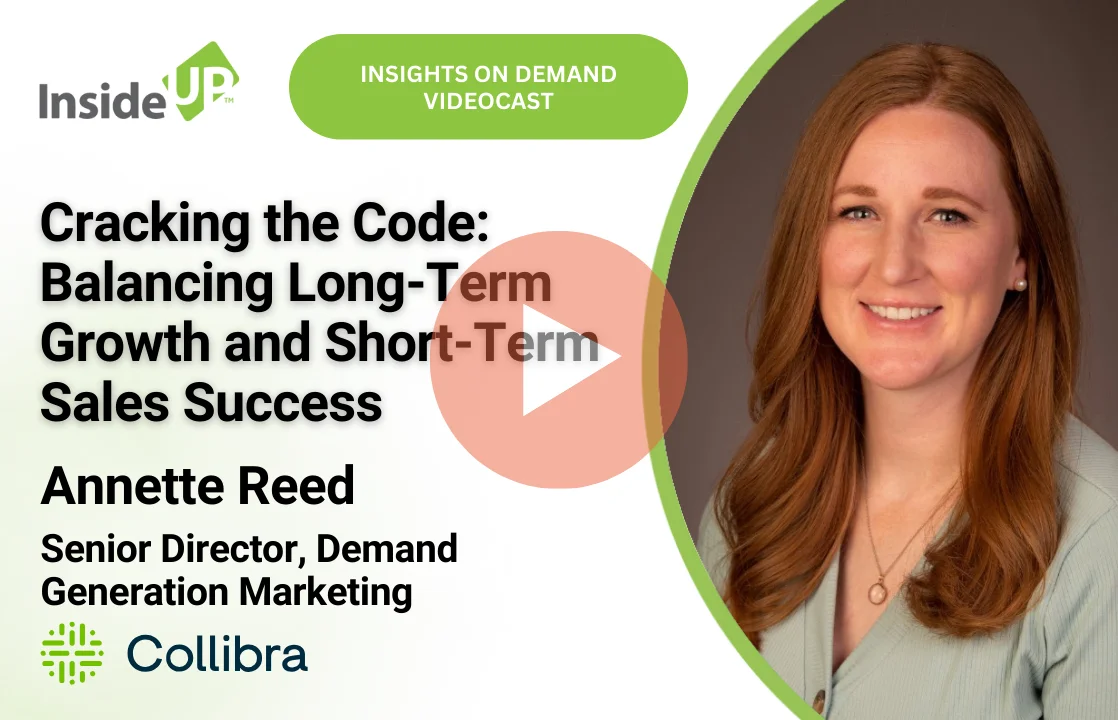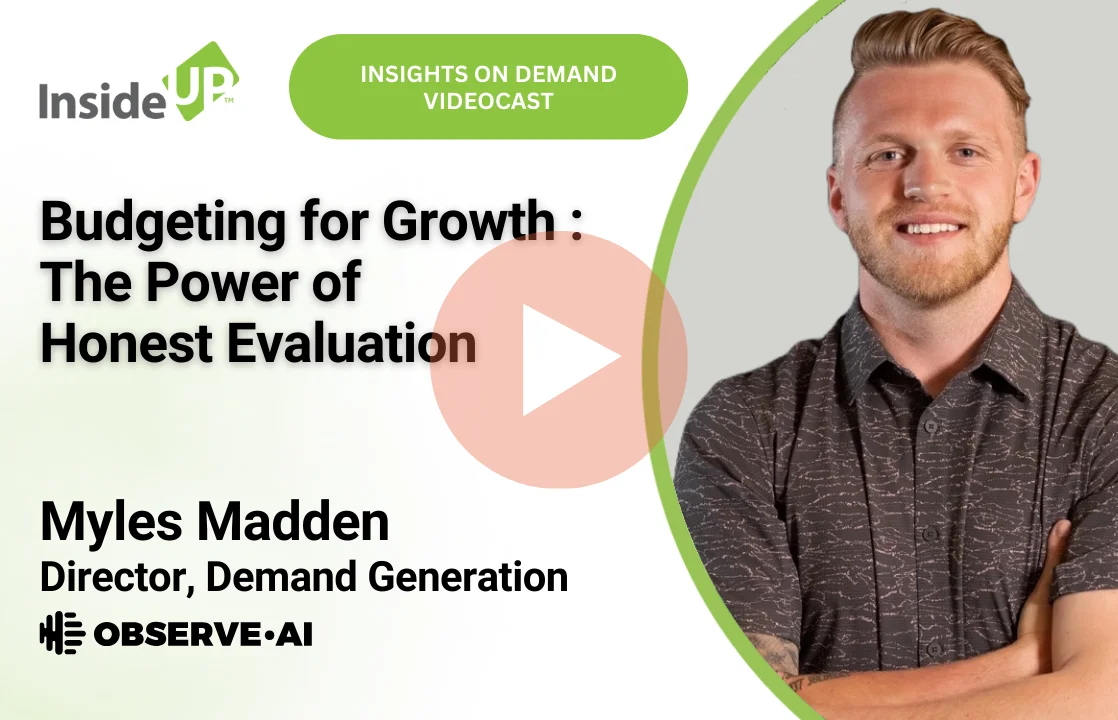
Even in situations where a formal ABM strategy is not in place, companies are finding ways to make sales and marketing alignment happen. A case in point is how SYSPRO achieved success with an integrated marketing funnel, and aligned their team using a “smarketing” approach.
Using shared metrics like net new revenue, number of leads converted and marketing contribution to pipeline, this marketing team takes a data-driven approach to serving their sales team.
The two functions meet regularly to review campaign progress and strategize on new opportunities.
This approach is used to constantly refine processes and programs. The marketing team evaluates conversion rates from MQLs to SQLs and to opportunities, attends weekly sales pipeline reviews, and sits in on QBRs with the sales team and partners.
A Look at Potential Roadblocks to Alignment
- 55% of marketers don’t know which assets are most useful for their sales colleagues. (Source: Kapost)
- 61% of marketers send all leads to sales but only 27% of those leads are qualified.
- Only 56% of B2B marketers verify business leads before they pass them to the sales department.
- 76% of content marketers don’t consider sales enablement in their marketing efforts.
- 59% of marketers believe they know what kind of content sales teams need them to create. On the other hand, only 35% of sales reps agree with that.
- 68% of marketers believe sales teams don’t take advantage of the marketing content’s full potential.
- One-third of B2B sales and marketing teams don’t have a standing meeting.
(Source: Review42)
Maintain Alignment Throughout the Buyer Journey
B2B buyer behavior has changed to the point where marketing must support sales right through each stage of the sales cycle.
As selling situations grow more complex, with an average of 5.4 stakeholders involved in any one deal, sales teams are relying on high quality, marketing-produced content to help them tell the story that resonates and closes deals.
“13% of leads convert to opportunities, which takes on average 84 days. 6% of opportunities convert to deals which takes an additional 18 days.”
(Source: Implisit)
Starting with the right organizational structure is another key to better alignment between the sales and marketing functions. When a Business Development Representative (BDR) team reports to marketing instead of sales, it becomes a resource to finish the qualification process instead of acting as a filtering mechanism to identify contacts with questionable intent.
There’s mounting pressure being placed on sales teams that have not seen quota relief during 2022. More and more enterprise software is presented to the market as SaaS-based, which clients typically phase in, delaying recognition of revenue and ARR by software providers.
Companies need a method for sales to place new contacts who are employed by a qualified account on a nurturing campaign instead of immediately disqualifying them because they are not ready to buy.
To better assess the return on marketing spend, conversion rate metrics must reflect longer sales cycles using a 90-day rolling window approach.
Also, consider alternative financial incentives that pay, not for activities, but based on outcomes such as booked meetings. Of course, it’s important to be sure that these outcomes are ones that the marketing team (including BDRs) can reasonably be expected to impact.































































